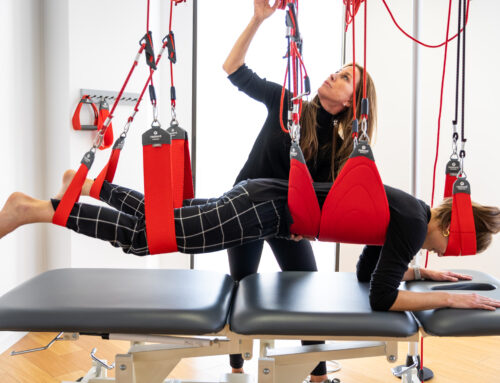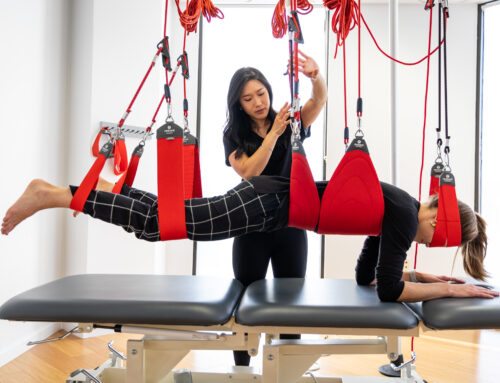Purpose: The aim of this study was to examine the effects of a bridge exercise with vibration training and an unstable base of support on lumbar stabilization.
Subjects: This study assigned healthy adults in their 20s to a bridge exercise with a sling and vibration group (BESV, n=20) and a bridge exercise with a sling group (BESG, n=20).
Methods: Electromyography was used to comparatively analyze the activity of the internal obliques (IO), external obliques (EO), and rectus abdominis (RA) when local vibration was applied during a bridge exercise that used a sling as an unstable base of support.
Results: There were statistically significant increases in the activity of the IO and EO within each group after the intervention. The activity of the IO and the EO was significantly higher in the BESV group than in the BES group after the intervention.
Conclusion: The bridge exercise performed using vibration training on an unstable base of support increased the activity of the IO and the EO, which improved lumbar stabilization.
Key words: Bridge exercise, Vibration, Lumbar stabilization





